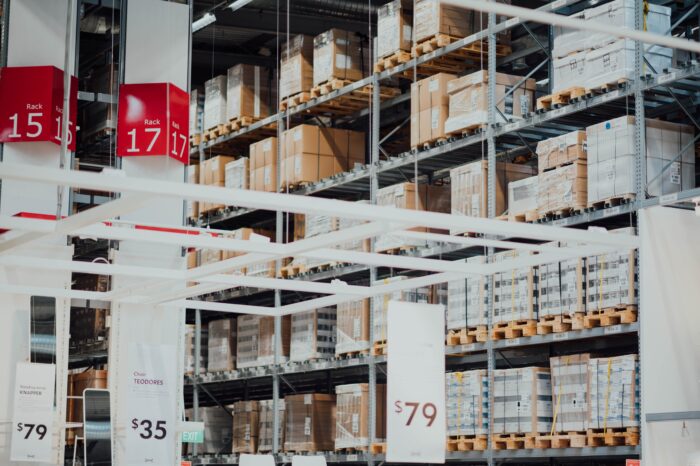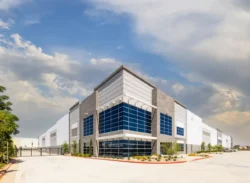No stopping Aussie e-commerce growth and industrial warehouse demand
Published
November 20, 2023
Published
November 20, 2023

As online shopping continues to surge, CBRE’s latest forecasts predict that around 1.1 million square meters of dedicated e-commerce warehouse space – equivalent to 55 Melbourne Cricket Grounds – will be required in Australia in the next four years to meet escalating industrial property demand.
It’s a busy time for warehouse leasing agents. While the e-commerce penetration rate has dipped slightly since the end of lockdowns, Australia remains four years ahead of its pre-COVID growth trend – meaning industrial real estate spaces are in high demand.
Online shopping accounted for 12.8 per cent of retail spending in September 2023, showcasing a remarkable increase from the pre-pandemic era. The CBRE analysis suggests that the e-commerce penetration rate is expected to reach 15 per cent again by 2027, propelling the total online sales value to $69 billion.
Online shopping’s impact on Industrial Real Estate

But while the supply of online goods is heaving, the shelves are very bare in Australia’s warehouse leasing market.
CBRE’s modelling indicates that for every additional $1 billion spent online, an extra 70,000 square meters of warehouse space is needed. This underscores the urgent need for 1,050,000 sqm of dedicated e-commerce space to be developed between now and 2027. A big ask, because currently, approximately 50 per cent of this requirement is in the development pipeline, signalling the need for a significant ramp-up in construction to meet the demands of retailers.
A changing warehouse landscape
To cope with the escalating demand, developers and logistics giants are getting creative.
In Sydney, the development of multi-storey warehouses is already underway, showcasing the industry’s adaptability. Twenty multi-storey projects, offering a total 850,000 sqm of warehouse space are currently under construction. This is an emerging asset class, one which will undoubtedly gain traction in the investment community as the years go by and the e-commerce landscape continues to expand.
Meanwhile, leading e-commerce players like Amazon and Aim Group are actively expanding their warehousing networks, investing in large fulfilment centres and automated facilities.

And as demand continues to rise, major players like ESR and Toll are breaking ground on a $420 million retail distribution and fulfilment facility in Kemps Creek, Sydney’s west. This 68,000 square meter warehouse, equipped with advanced automation technology, is set to become operational in 2025 and aims to handle 37 million parcels annually.
Western Australia feeling it too
The impact of the e-commerce boom is being felt in Australia’s most isolated state.
In WA, Amazon recently inaugurated a substantial 20,000 square meter fulfilment centre at Jandakot Airport. This $70 million warehouse is more than double the size of the company’s previous WA centre, and can house more than 3 million items in its WACA-sized warehouse.
Perth residents will praise the faster delivery speeds thanks to the new fulfilment centre. And as customer satisfaction skyrockets, the popularity of e-commerce surely will too.
Disparities in e-commerce adoption across the country
CBRE’s “Australia’s E-Commerce in the Post-Pandemic Era” report highlights regional disparities in e-commerce adoption.
While NSW consumers spend the most money online, the e-commerce penetration rate is highest in Victoria and Tasmania at 15 per cent. In Western Australia and the Northern Territory – where delivery times are currently longer – the e-commerce penetration rates are 11 per cent and 10 per cent.
The e-commerce revolution is reshaping the industrial real estate landscape in Australia. As online shopping continues to thrive, the demand for dedicated warehouse space is skyrocketing. Developers and logistics giants are rising to the challenge, investing in innovative solutions to meet the evolving needs of retailers and consumers alike.
The coming years promise a dynamic transformation in the industrial real estate sector, driven by the unstoppable momentum of e-commerce.






